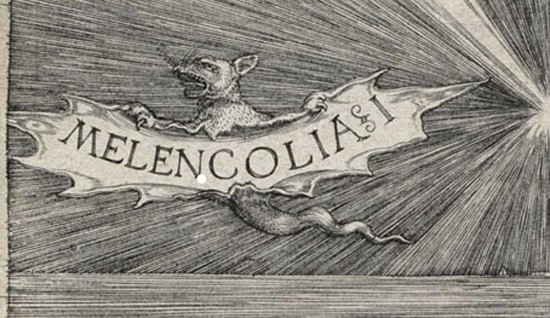Did We Look To The Wrong Depression For Historical Lessons
Post on: 4 Апрель, 2015 No Comment

Summary
- The Depression of 1920 and How the Financial Leadership Responded.
- A Comparison of the 1920 and 1929 Depressions.
- How the Response to the Most Recent Downturn Closely Resembles the 1929 Depression.

Central banking policies since the 2008 financial crisis have been focused on avoiding another Great Depression. This was especially true of Ben Bernanke, who built his academic reputation learning about the Great Depression and applied this knowledge of history into avoiding deflation. Hence, in late 2008, the federal government orchestrated the Trouble Asset Relief Program (TARP), which allocated $700 billion dollars to bail out failed banks to save the financial system. At the Fed, Bernanke presided over the largest expansion of the Fed balance sheet in history, from $870 billion in 2007 to $4.4 trillion by the middle of 2014. All the while, this economic recovery has been the slowest since the Great Depression. Given the slow pace of the recovery, would Bernanke been better off taking historical cues from the 1920 Depression instead?
To answer this question, one must look at the prevailing economic conditions of that time. The economy in the late 1910s was in a slowdown after WWI ended. And when the downturn took hold, deflation hit hard at a level up to 18% with wholesale prices falling by nearly 40%. a drop not seen before the Constitution was passed or since. When the Harding Administration took over in March of 1921, unemployment was in the double digits and the Dow Jones had declined 47% from its high in November 1919. Harding responded to this downturn with a more laissez faire approach, eschewing bailouts and cutting both tax rates and federal spending, along with a more relaxed monetary policy by the Fed. What happened afterward was a dramatic economic turnaround. Industrial production had returned to peak levels by the end of 1922 and unemployment had fallen to a level of full employment by 1923. When Harding died in 1923, Calvin Coolidge became president and continued these policies up until the time he left office in 1929. The economy continued to boom until the more well-known and severe downturn that began in 1929 in Herbert Hoover’s administration. Unlike his predecessors, Hoover, who had previously served both Harding and Coolidge as Secretary of Commerce, took a more interventionist approach. President Hoover curtailed trade with the Smoot-Hawley tariff bill, raised the top income tax rate to 63%. and funded stimulus projects, the most famous of which was Hoover Dam. These policies arguably laid the foundation for FDR’s larger scale and more interventionist New Deal, and the economy remained mired in depression until 1940 .
The recovery from the most recent downturn has sadly resembled the 1929 Depression more closely. Nearly seven years after the bailouts coupled with substantial tax and spending increases, this particular recovery has been regarded as the slowest since the 1930s Depression. The U6 unemployment measure still remains in the 11% range. Additionally, wage growth has been a lagging indicator, and labor participation remains at lows not seen since the 1970s. With these dismal numbers, one should ask why the precedent from the 1920 downturn was not followed? To be sure, double-digit deflation would be a scary phenomenon to those holding debt, and several decades have passed since the federal government has shown propensity to cut overall federal spending. However, that deflation was short lived, and after the economy hit bottom, the economy responded to the incentive of lower taxes and less government spending, and the Roaring Twenties began soon after. Given the benefit of a quick recovery, perhaps it’s time our financial leadership put aside its bias against deflation and spending cuts and let natural market forces set the economy on the right track again.
Disclosure: The author has no positions in any stocks mentioned, and no plans to initiate any positions within the next 72 hours. (More. ) The author wrote this article themselves, and it expresses their own opinions. The author is not receiving compensation for it (other than from Seeking Alpha). The author has no business relationship with any company whose stock is mentioned in this article.














